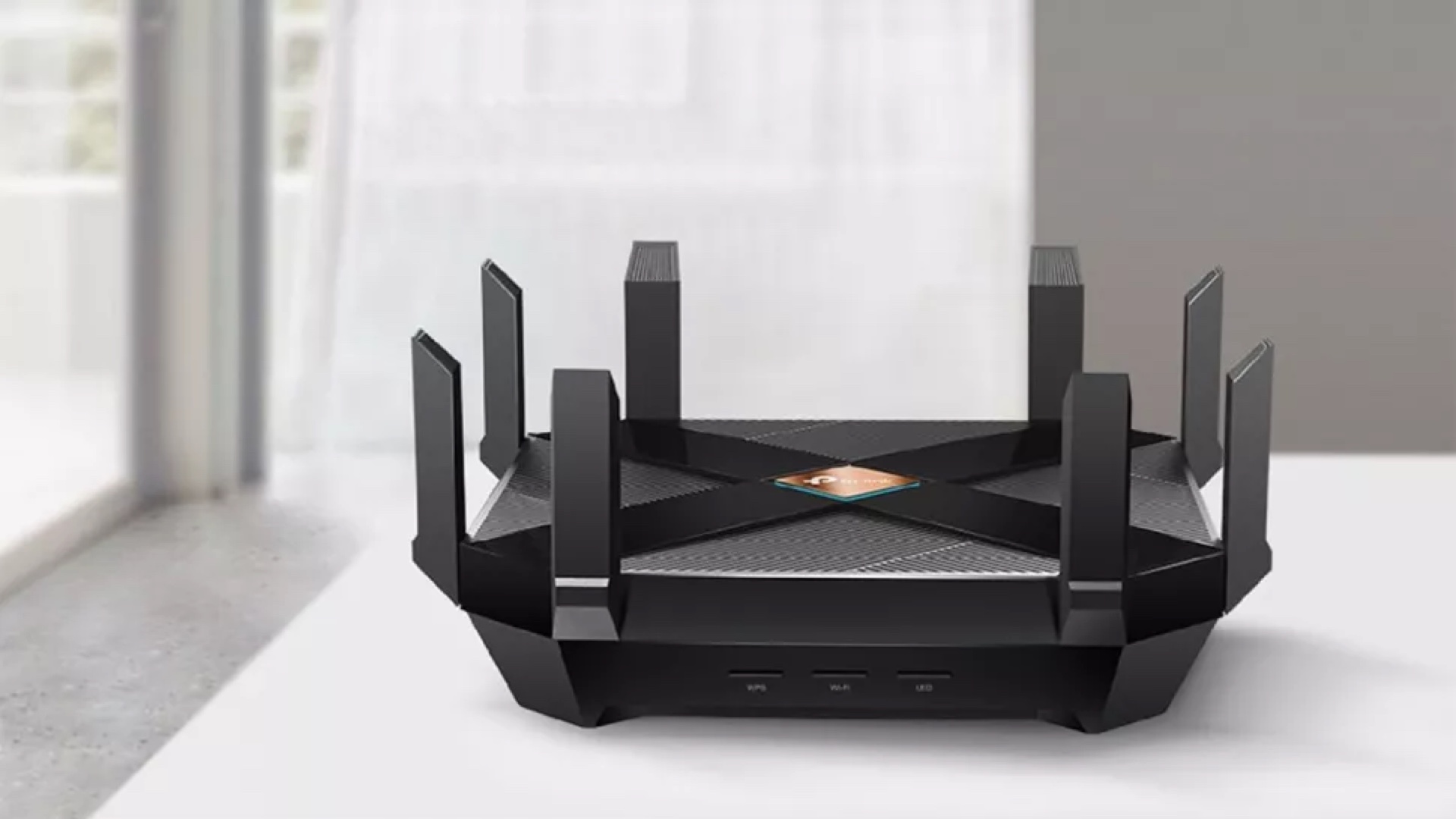Wi-Fi 7: What it is and why you should care
Take your internet surfing to the next level

Wi-Fi has been around since 1997. Since then, it has evolved many times to serve internet users’ growing needs. The latest of these evolutions is Wi-Fi 7, based on the new 802.11be standard and expected to reach speeds comparable to physical ethernet cables.
Reports show that the new Wi-Fi specification can reach speeds of up to 30 Gbps (gigabits per second) for every access point. To put that in perspective, Wi-Fi 6, which was just released in 2020, has a maximum bandwidth of 9.6 Gbps, making Wi-Fi 7 at least three times faster than Wi-Fi 6.
Brief history of Wi-Fi
Wi-Fi has played a key role in the growth of the internet. It has made it easier for people to reach the world wide web by allowing multiple connections on single routers. This eliminated the need for each user to set up an individual ethernet connection.

When Wi-Fi first became available in 1997, it was primarily limited to one frequency: 2.4 GHz (802.11). In 1999 the 802.11a standard added 5 GHz (802.11a).
Over the next 20 years, the updates were focused on feature updates without expanding the frequencies. In 2003, 802.11g was released, providing greater distances and speeds. 802.11n hit the market in 2008, offering even faster and more reliable service by utilizing ”multiple input, multiple output” (MIMO) technology. The MIMO method uses multiple antennas both for the receiver and transmitter to improve communication between the devices.
In 2012, 802.11ac was released. It offered four times the speed of 802.11n. It also had a greater width and was compatible with more antennas.

It wasn’t until the fastest currently consumer-available Wi-Fi option, Wi-Fi 6, came out in 2020 that a new 6GHz frequency was added. It boasted a 9.6 Gbps speed that was way higher than Wi-Fi 5’s 3.5 Gbps.
Stay in the know with Laptop Mag
Get our in-depth reviews, helpful tips, great deals, and the biggest news stories delivered to your inbox.
The improvement of wireless connection speeds has heightened the possibilities of IoT (internet of things) devices. Fast Wi-Fi means devices can communicate with each other faster and deliver more accurate data. Wi-Fi has also become a norm in public places, such as restaurants, cafes, malls, and more.
What are the advantages of Wi-Fi 7?
The all-new Wi-Fi 7 is expected to provide improvements over its predecessors. Here are some of the highlights we can look forward to.
Significant boost in speed
As we mentioned above, Wi-Fi 7 will use new technology for significantly faster internet speeds. One critical issue with Wi-Fi versus cabled connections is the poor speeds that may occur due to environmental noise in the same frequency. With Wi-Fi 7, you can expect your speed to be almost as good as using a wired connection.
Multi-Link Operation (MLO)
Wi-Fi 7 can dynamically use all bands and channels to make connections faster and avoid high-interference bands. It uses a Multi-Link Operation (MLO) that combines different channels across varying frequencies through load balancing and aggregation, resulting in better performance.
Backward compatibility
Wi-Fi 7 is expected to work with most devices, as long as they are 2.4 GHz, 5 GHz, and 6 GHz compatible. This avoids the compatibility issues faced by most new technologies, such as 5G. If you have an old phone from 2010, it will most likely work with Wi-Fi 7.
Lower latency
Latency refers to the length of time for data to travel from one point to another. Latency is significant in wireless connections, as there are plenty of factors that can affect transmission. With Wi-Fi 7, users are expected to have lower latency issues and better reliability. This low latency makes it a good alternative to wired ethernet connections.
6 GHz Wi-Fi band
If you had glasses that could see Wi-Fi connections, you would see different Wi-Fi frequencies jampack the air. Similar to car traffic, the more Wi-Fi signals in an area, the higher the interference for those using similar bands. Wi-Fi 7 uses 6 GHz, a Wi-Fi band that is currently rarely used. Hence, Wi-Fi 7 users should experience minimal interference.
Improvements on 802.11ax
Wi-Fi 7’s draft specifications show that it will provide various enhancements over Wi-Fi 6. One improvement is the use of the wider 320 MHz channel, as opposed to Wi-Fi 6’s 160 MHz. This wider channel means better and faster connections. It also utilizes 4,096 quadrature amplitude modulation (QAM) technology, allowing more data per hertz.
When will Wi-Fi 7 be available?
There is no definite release date yet for Wi-Fi 7. However, it is expected to be available to consumers between 2023 and 2024. If you can’t wait that long, the best routers in the market that support Wi-Fi 6 (and Wi-Fi 6E) offer excellent performance and include a number of affordable options if you are hoping to upgrade when Wi-Fi 7 arrives. Follow our website to get the latest news about Wi-Fi 7.
